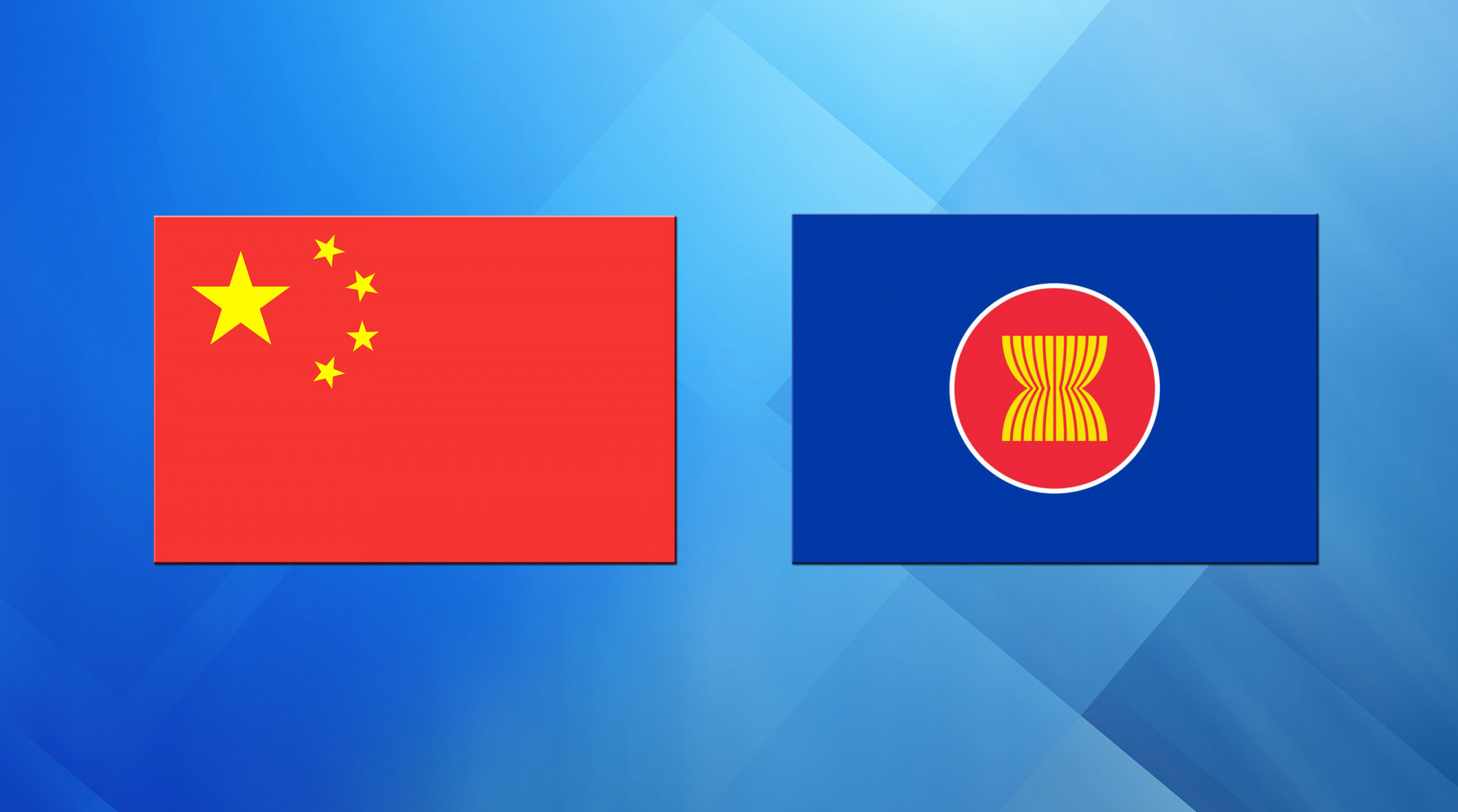In 2022 and 2023, Southeastern countries are expected to grow more than China and above the Asia-Pacific average
Editorial by Lorenzo Riccardi
Managing Partner RsA Asia
China's Ministry of Transport has announced its decision to establish a special office to oversee the operation of the new land and sea corridor for logistics and trade, which connects western China with several ASEAN countries. The corridor, with operations center in Chongqing, connects 14 Chinese provinces with 310 ports in 107 countries and regions around the world, and in particular promotes trade between China and ASEAN countries under the Regional Comprehensive Economic Partnership (RCEP) agreement. In 2022, the Ministry of Transport has set a goal of expanding the corridor's transport capacity with new infrastructure such as railways, highways, ports and airports, as well as promoting the development of a Chengdu-Chongqing international hub. ASEAN is a heterogeneous community of nations united by common goals, with member countries including city-states with high GDP per capita (Singapore and Brunei), populous nations with dynamic and expanding economies (Indonesia, Malaysia, the Philippines, Thailand, and Vietnam), and less advanced countries with lower-middle income (Cambodia, Laos, and Myanmar). Despite social and economic differences, ASEAN is a major free trade area with a share of more than 7.5 percent of world trade. Southeast Asian countries, which with $3.3 trillion in aggregate GDP account for about 3.5 percent of world GDP, have been severely impacted by the pandemic: in 2020, regional GDP contracted by 3.2 percent (with the exception of Vietnam, which grew by more than 2.9 percent in the year), only to rebound in 2021 by more than 3 percent, despite the -18 percent recorded in Myanmar as a result of political tensions. The most recent estimates, released at the meeting of the association's Economic Ministers, predict growth of 4.9 percent for 2022 and 5.2 percent for 2023, higher than the growth rates the International Monetary Fund forecasts for China (4.4 percent and 5.1 percent), and for the Asia Pacific region as a whole (4.7 percent and 4.9 percent). It is useful to point out that Southeast Asia is China's largest trading partner ($878 billion in trade in 2021, and $371 billion in the first five months of 2022, up 10.2 percent from the same period in 2021), as well as the third largest destination market for Chinese goods and the main origin of Chinese imports. China and ASEAN are increasingly strategic partners in Asia's growing role on trade and investment in the global economy today.






